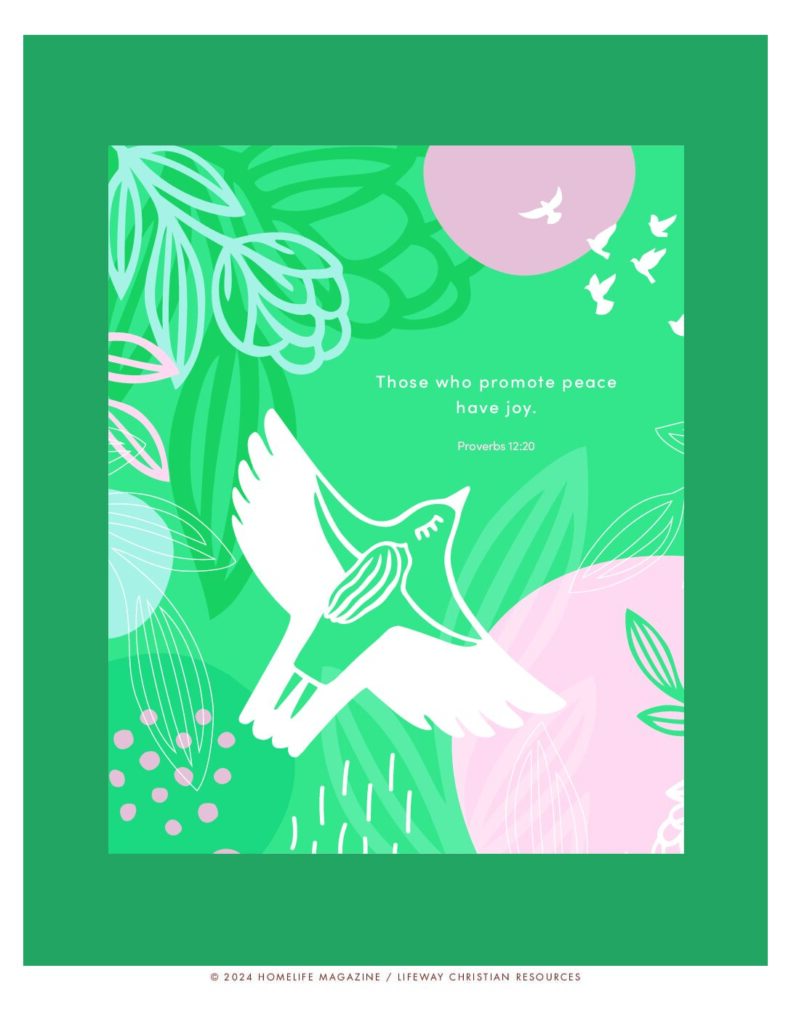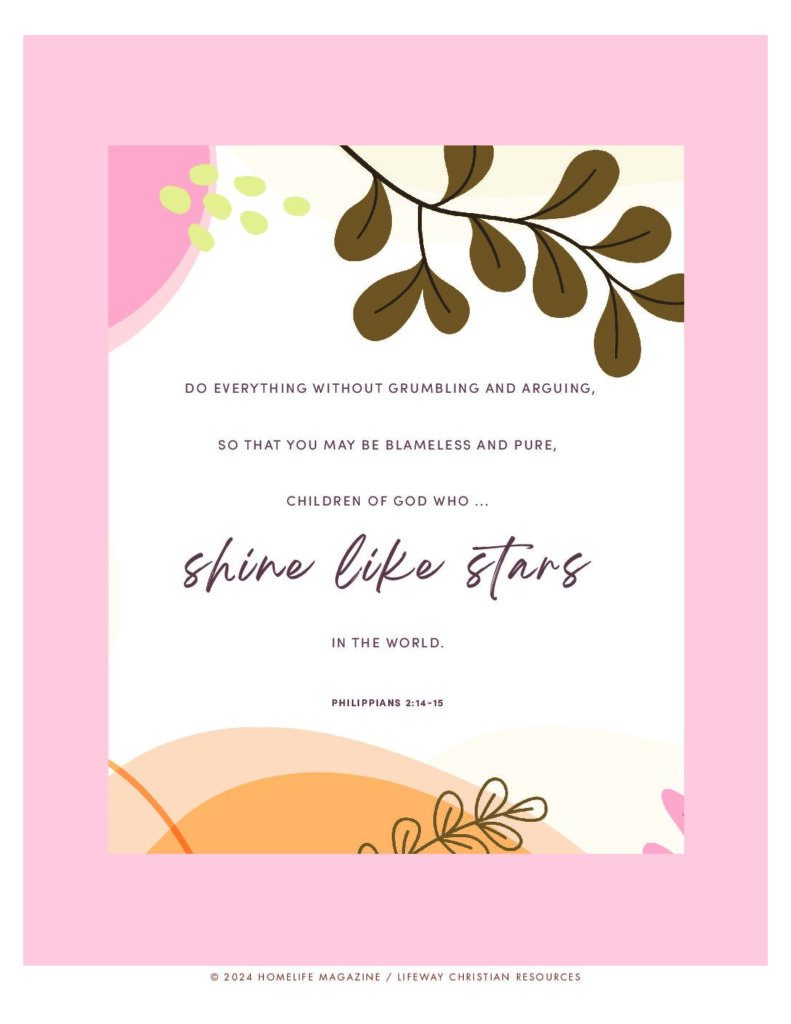Wavy & Curly Hairstyle and haircut like Ronaldo 2018 - 2021
April 19, 2024BruceDayneShop online! https://www.SlikhaarShop.com
PRODUCTS USED
☆ By Vilain SIDEKICK ZERO
https://slikhaarshop.com/products/by-vilain-sidekick-zero
☆ By Vilain PLATINUM
https://slikhaarshop.com/products/by-vilain-PLATINUM
HAIRCUT MEASUREMENTS
Sides/back: 0-6mm
Front/Center: 10-14cm
Follow, like, share and more:
⇨ Facebook: https://www.facebook.com/SlikhaarTVGroup
⇨ Instagram: https://www.instagram.com/slikhaartv/
⇨ Newsletter: https://bit.ly/Slikhaarnewsletter
Music by Epidemic sound
Sweet Talk - Tyra Chantey
Best regards,
Emil & Rasmus
Please let us know what other videos you'd like us to create.
Send all requests to: info@slikhaarshop.com
Don’t forget to like and subscribe!
♥ Slikhaar TV is a community for men (mostly) and we’re all about men’s hair. We’ve delivered hairstyle inspiration for more than a decade: Tutorials, how-to videos, celebrity hairstyles, and professional tips to optimize your hair and overall style. Founded by twin brothers Emil & Rasmus.
DMTBeautySpot
via https://dmtbeautyspot.com
Slikhaar TV - Mens hair, DMT.NEWS, DMT BeautySpot,
What Are the Skills Fashion Executives Need to Get Hired Today?
April 19, 2024BruceDayneDiscover the latest global job opportunities in management and leadership roles on BoF Careers today.
Fashion executives today must navigate leadership in a constantly changing industry and workplace, impacted by regularly evolving technology and consumer demands to advancements in sustainability and trade regulations — all within an unpredictable macro-economic and political landscape.
In 2022, fashion executives cited capability gaps in areas like supplier management, artificial intelligence, automation and omnichannel customer experience, according to BoF and McKinsey’s State of Fashion 2023 report. Indeed, the C-suite in fashion continues to evolve to represent changing business needs and priorities, with increased attention to areas like brand and sustainability, diversity, equity and inclusion (DEI), and supply chain.
However, leaders in all functions, and at all stages of seniority — from managers to C-suite — are experiencing a shift in expectations around cross-functional leadership skill sets in accordance with the changing workplace. Soft skills like adaptability, transparency, even demonstrating vulnerability, are just some of the expected leadership qualities referenced in a live event last week on “What Are the Skills Fashion Executives Need to Get Hired Today?”
To discuss the skills expected of managers and executives in fashion today, as well as how to upskill in and demonstrate those skill sets to progress in your career, BoF’s Sophie Soar spoke to two leaders in executive search and recruitment: Suki Sandhu OBE, founder and CEO of global executive search firm Audeliss and of the global inclusion consulting firm INvolve; and Karen Harvey, founder of Karen Harvey Consulting Group, an executive search consultancy that has worked with companies like Ralph Lauren, Versace and Calvin Klein.
Here, BoF condenses key insights from the event.
Develop strong in-person and digital communication skills
SS: Communication and stakeholder engagement are pretty high up there when you think about being a leader in a company. The effectiveness of an organisation is down to the effectiveness of the leadership team. But good leaders also need to be able to communicate with each other and that also means managing the stakeholder map of people in your organisation — be they in different departments, your customers externally, or the board.
When you might not be physically in the same [work] space, the need for communication is even more pronounced. Try to find ways to recreate that watercooler chat that you might have physically in a space online. For example, Slack has an option where you can create informal coffee meets with your colleagues around the world, which is a way to try and build relationships across functions and geographies.
Champion adaptability and a growth mindset in an ever-evolving workplace
KH: Change is inevitable. You have to know that your constituents around the world will always have questions. [...] If we go back to what some of the most fundamental and critical qualities of leaders are today, I think self-awareness and having a growth mindset and being able to be empathetic, clear, transparent — [that] requires that we are always growing.
Foster an environment where team members feel comfortable sharing their experiences and perspectives and actively listen to their feedback.
SS: Flexibility and adaptability is really important — particularly in the current climate in terms of hybrid work. [...] We’re all creatures of habit, but we need to be more flexible in adapting in the new working world. The workplace has changed hugely over the last few years — and again, there’s the importance of communicating change to the rest of the workforce to ensure that people react in the best way, because people react to change in very different ways.
Lead by example and foster a culture of openness
SS: You should always be leading by example, because [...] people look to you for the behaviours that you represent. The culture carries the organisation. Make sure that you are driving clear policies within the business around promoting diversity, equity and inclusion — so anti-discrimination policies, flexible work arrangements. Ensure that these are followed and that there are consequences if they are not.
Foster an environment where team members feel comfortable sharing their experiences and perspectives and actively listen to their feedback. And be vulnerable yourself, because when you’re vulnerable, you’re inviting others to be vulnerable. [...] It’s about ensuring that there is a strong communication strategy and that it’s true to the values and culture of the business.
KH: When people think about becoming leaders and having that ambition, you are really committing yourself to being vulnerable to operating in a transparent way. That doesn’t mean — tell everybody everything, right away, all at once. What it really means is telling the truth in a way that people can digest it and work with it.
I think a leader’s job is to frame up reality in terms of what’s happening externally, and what they believe needs to happen internally, in a way that doesn’t create fear and panic, but gives [employees] the facts and a well thought-out platform for response.
Evaluate your leadership style and approach
SS: The old style of leadership — the autocratic directive style — does not align well with anyone nowadays. I’m the founder and CEO of our business. I rarely get my way. You listen to your people and [if] people maybe want to go in a different direction and do different things, you have to try and balance all these different views. [...] Active listening I think is pretty key.
KH: Really include your teams. [...] This whole top down [approach] — the boss is meant to know everything — I think just doesn’t work anymore. No one person is prepared to lead in times like this without the support, not just of their top team, but actually the voices that are [...] closer to the ground sometimes.
Embrace AI and digital advancements for competitive advantage
SS: [Artificial intelligence is at the forefront of conversations and developments across all industries]. But within a lot of companies, including within the fashion industry, there’s a fear of the unknown, so not all [businesses] are embracing [AI] as much as you might think — many are still trying to figure out how to apply it to their business.
There are lots of online courses around AI that you can learn from. But, you want to be clear about what your area of interest is and what your passions are [...] because there are going to be so many products and tools within that space for you to learn. And actually, if you do learn them, if you find the right employer, they’re probably going to bite your hand off to employ you because they probably don’t know how to implement [the technology themselves].
This whole top down [approach] — the boss is meant to know everything — I think just doesn’t work anymore.
KH: Digital is now the centre of everything [...] in the supply chain. The technologies that are evolving and coming [along] very fast will be critical to companies addressing issues of sustainability.
With 73 percent of executives investing in [AI] technology and believing that it will be game-changing for their businesses, we have to think about efficiency without losing creativity — and creativity doesn’t just come from the designers. What we use AI for should not be the things that take time away from being creative, being great leaders, or actually being strategic.
I think training and development has gone by the wayside in so many companies because [of the] cost and speed [...] but executives with a growth mindset are already going outside their organisations, going to universities, going to wherever they can, to learn about AI. [...] It’s building that knowledge base for everyone, across the board.
Nurture and support all generations in the workplace
SS: We’re all growing older. There are currently five generations in the workplace. The ability to build bridges across these generations is really important. And actually, it’s one of the things that we learnt from the diagnostics we do with INvolve’s partners: companies think they might have a problem with race or gender — actually, a lot of the time, it’s age.
There’s this huge focus on Gen-Z and their development and their support, but what about the ageing population who are working longer and living longer? What support are we giving to them? It’s probably the case that the Baby Boomers or Gen X are more able to take things more directly, whereas Gen-Z want to have more of a purpose, with questions like, “why am I doing [this task]? What’s the purpose of it? How is it going to help me?” And so it’s really about having a different mindset and management style across the different generations.
KH: Gen-Z wants purpose [but] I don’t think they’re the only generation that does. I think what’s really cool about this generation is they are happy to hold a leader’s feet to the fire, to really answer that question of “why”. And for this, I feel very grateful. I think those more experienced generations should as well.
Be direct and proactive in your efforts to grow your leadership skills
KH: Going to your manager to tell them where you want to be and what your aspirations are is fantastic. But I also think we need to ask: “What do I need to do to get there?” What are the skills that you see or the attributes that you have today that are working for you in that regard?
It’s important for women to be very specific about why they should be there and what they are bringing to the table. Because, the data [which shows a disproportionate lack of female leaders in fashion], speaks for itself. So, in order to be stepping into that role, it’s really about demonstrating that you have the skill sets: the soft skills and hard skills.
SS: You need to advocate for yourself and take ownership of your own career, whether it’s a small or large company. If you aspire to leadership, talk with your manager about it because they can’t read your mind.
[...] It really comes down to finding ways to get any kind of training — see if there are any training programmes that might be taking place within your business. But, you have to be proactive about it as well and find out where they are. Don’t wait for it to come to you because you could be waiting a very long time.
Explore BoF Careers Executive Search, a tailored recruitment service offering specialist support to secure top-tier executive talent for your open roles across fashion, retail, luxury and beauty.
DMTBeautySpot
via https://dmtbeautyspot.com
BoF Careers Team, DMT.NEWS, DMT BeautySpot,
10 Ways To Give Your Outfit A Vintage Look
April 18, 2024BruceDayneAt some point in your personal style journey, you’re bound to take notice of vintage menswear and its influence over contemporary fashion today.
For many, their first exposure to vintage style is through movies and television, whether original media from previous decades, or period-pieces produced in the modern day.
Some are enamored with the “old money” elegance in The Talented Mr. Ripley (1999), while others find themselves more drawn to Robert De Niro’s flashy ensembles in Martin Scorsese’s mob epic, Casino (1995). Perhaps you’re into the exemplary displays of Ivy Style portrayed in Dead Poets Society (1989), or the 70s take on the look in The Holdovers (2023).
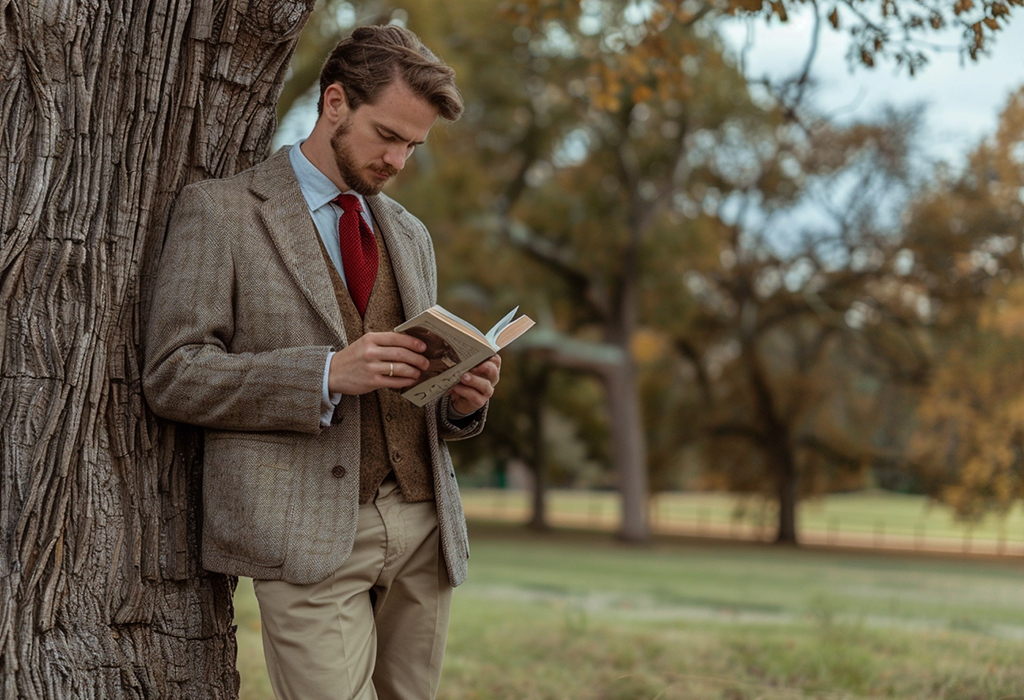
The real world holds plenty of style stimulation, as well. Maybe your favorite style influencer recently put you on to an especially cool retro look. Or you passed someone on the street with head-turning taste.
Whatever your source of inspiration, and whatever particular aesthetic that’s caught your eye, there’s one truth that remains consistent across practically all of these experiences and others like it: vintage style can be pretty darn cool, and a ton of fun!
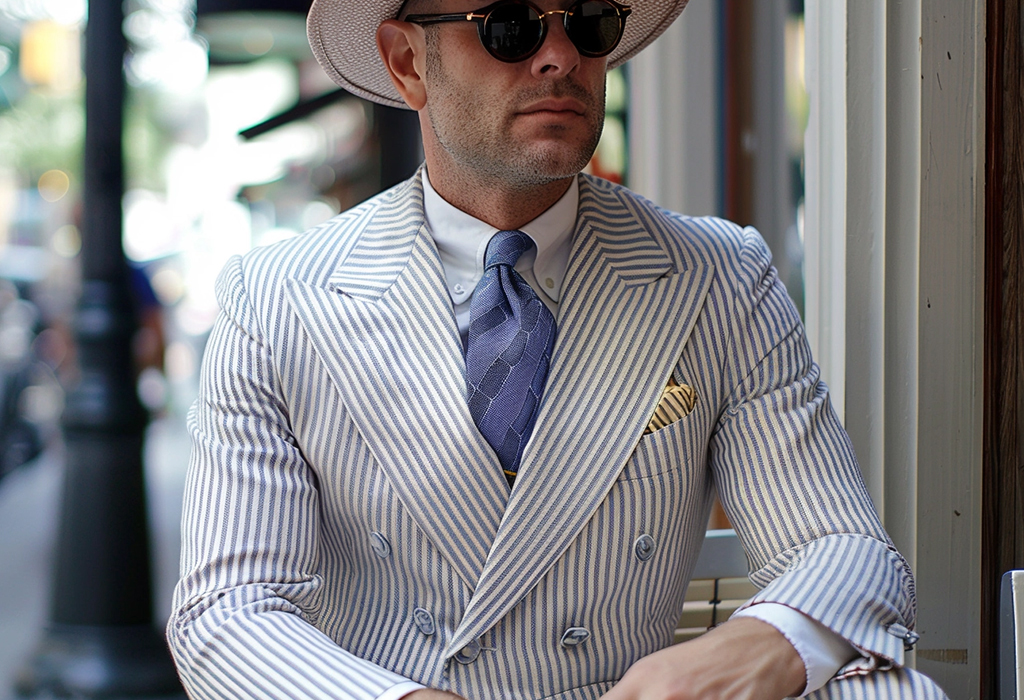
But in truth, it can be challenging to know where to start once you’re committed to the idea of incorporating more vintage styles into your wardrobe. So, we’ve put together a list of tips and expert advice to help you experiment and achieve the perfect vintage look. Ready to retro-fy your style journey? Read on!
Tip #1: Shop Secondhand Vintage
This might seem obvious, but it’s worth stating. You won’t get a more authentic vintage look than by wearing authentic vintage clothing.
Besides being a sustainable practice, shopping vintage will help you learn to appreciate the styles of previous decades in a whole new way. It truly is a hands-on learning experience that will allow you to recognize vintage details everywhere, furthering your understanding of vintage fashion.
Thrift stores, flea markets, and online marketplaces like eBay, Poshmark, Mercari, Depop, Vinted, and more are filled to the brim with vintage offerings spanning across different decades and styles. It can take a bit of work and patience, but that’s part of the fun when it comes to cultivating your vintage style.

Sometimes, you can find quality vintage-inspired pieces produced by modern brands. If this works for you, go for it! But always be mindful of quality. It’s worth noting that you can often find great deals on vintage designer pieces by shopping secondhand.
This tip is at the very top of the list because it truly is the best way to get started. Embrace the process and have fun with it!
Tip #2: Incorporate Tailoring Into Your Outfit
When in doubt, tailoring has got your back. And sometimes your legs, too!
What many outfits some may categorize as “boring” often lack is a degree of extra dimension or texture. That’s where tailoring comes in.
Take a look at pretty much any vintage photograph, and you’ll often see it front and center. Men wearing suits, jackets, wool trousers – the works! It doesn’t even need to read as formal if you opt for a casual suit or sportcoat. But it will undoubtedly add a touch of sophistication to nearly any outfit.
Blazers and sportcoats feature lapels that frame your torso and neck, while padded shoulders will compliment and accentuate your form.
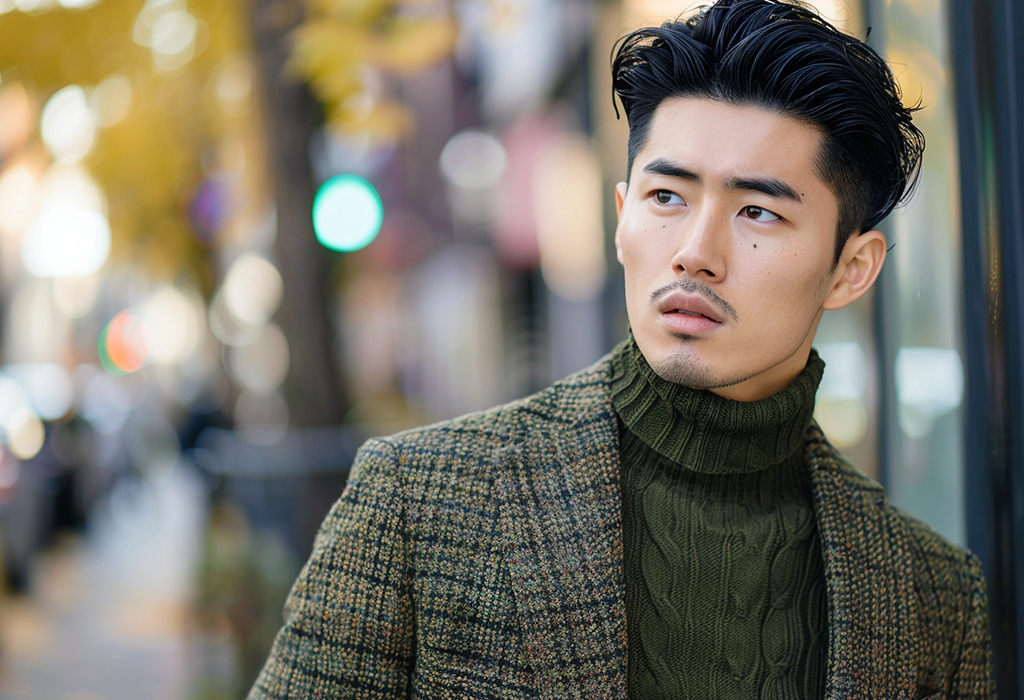
This extends to bottoms, as well. Try swapping your regular work chinos for a pair of tailored trousers to elevate your ensemble. This can work any time of the year if you go with the right fabric. Try wool or corduroy for fall and winter, cotton for spring, and linen or seersucker for summer!

Looking to try a bit more? Wear a full suit!
Until the late 1990s, it was more common than you might think. Hence, the vintage association. If you have the option, opt for more casual suiting made from casual fabrics like tweed, corduroy, or linen. When the occasion calls for it, smoother, worsted wools should be your go-to for business or more formal settings.
Tip #3: Try Out New Silhouettes
A lot of modern, contemporary clothing has fit very similarly for a while now. Slim and skinny fits were all the rage in the 2010s. Even today, it remains a very common style. For the fashion-conscious, wider, roomier fits have been back for a few years now. But if you have yet to give it a try, maybe now’s the time!
Not all larger fits are the same, either. For example, during various decades across the twentieth century, the fit of pants, in both refined tailoring or casual workwear, was constantly evolving, much like our trends today.
The 1920s saw an influx of relaxed suits, with lots of room in the seat, thigh, and leg of the pants. In the 1970s, flared pants were accentuated with a slimmer thigh. Big shoulders in jackets and a tasteful excess of fabric characterized much of the look of tailoring in the 1980s.

If you’ve been wearing the same slim or skinny fit chinos and slim fit suits since 2010, it might be time to switch things up! There will always be a place for tasteful slim fits, but it can be a lot of fun to experiment with roomier clothes, too.

Tip #4: High-Rise Pants Are Iconic
Sometimes, a low-rise jean looks pretty cool! The Ramones certainly had the right idea. But for a good chunk of menswear history, pants have traditionally sat significantly higher on the waist, falling closer to one’s natural waistline.
The rise of a pair of pants refers to how much fabric exists between the top of the waistband and the crotch seam. The more fabric, the higher the rise.
Aside from lending your outfits a classic, vintage look, high-rise pants can actually make you look taller by elongating your legs and breaking up your body proportions in a way that is almost always universally flattering to all body types.
With the right amount of room in the seat, sometimes afforded by pleats (see tip #6), they can be highly comfortable, and typically slip a lot less than many lower-rise pants.
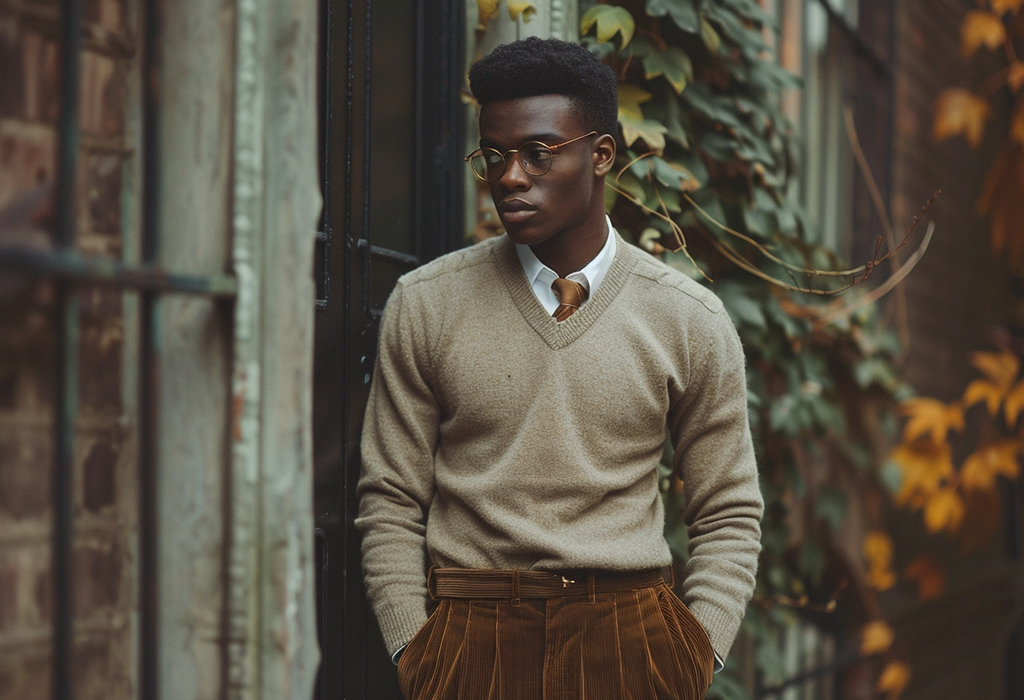
Generally speaking, high-rise pants extend to around your belly button. But sometimes, they can be a little higher or a little bit shorter. Finding which exact fit is right for you can take some trial and error, but a good pair of high rise jeans or tailored trousers are a great way to give your outfits a vintage touch.
Tip #5: Frame Your Face With Retro Shades
There are tons of sunglasses with timeless, classic frames that stand the test of time. But if you want to make a statement, go bold! Big shades in tinted colors offer a lot of 70s appeal.
Tortoiseshell sunglasses have a bit of a softer touch, but work well with all sorts of classic menswear aesthetics.

Maybe you’re going for a 1980s stockbroker look? Keep things big, bold, and boxy! A good pair of vintage style shades can be a brilliant capstone on an already brilliant retro outfit.
Tip #6: Pleated Pants, Perchance?
One of the chief characteristics of classic menswear and vintage tailoring is the amount of depth and dimension afforded by the fabric, fit, and details.
Today, a lot of contemporary fashion can feel a bit flat. But if you keep an eye on the forefront of fashion, you may have observed that pleated pants have made quite the comeback in the past few years!
And for good reason, too. Gone is the somewhat dorky, dad-like association of ill-fitting, pleated khakis. Quality pleated pants lend an extra dose of visual interest to all types of outfits, from casual linen trousers to the most refined tailoring.
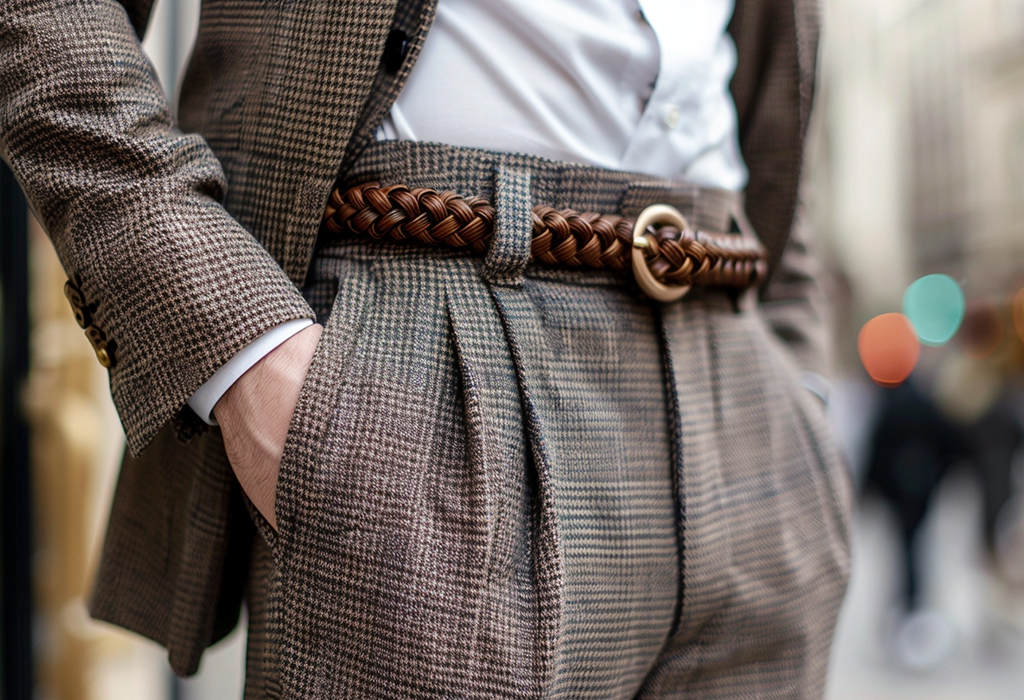
Flat-front pants are just fine, but pleats offer a subtle yet noticeable charge of detail and dimension. They afford pants a bit more shaping, and as you very well know by now, silhouette is vital to getting a vintage look right.
And they can be practical, too. If you happen to have thicker thighs, you’re likely to enjoy the added comfort and room of pleated pants. A little pleat goes a long way!
Whether you prefer a single, reversed pleat, double, forward-facing pleats, or a different configuration, like double reversed pleats, they’re guaranteed to signal that your outfit considers classic detailing.
Tip #7: It’s Time For Ties
Modern menswear seems to be rather split on the necktie. Many have all but abandoned it, even at traditionally formal events like weddings or political forums. Others still maintain that traditional tailoring almost always required a tie.
Regardless of where you fall, the tie has certainly become less and less popular over the twenty-first century. But for most of classic menswear history, the tie has held a place across many shapes, forms, and aesthetics. And if you’re trying to go for a vintage look, the right neckwear can make a big difference.
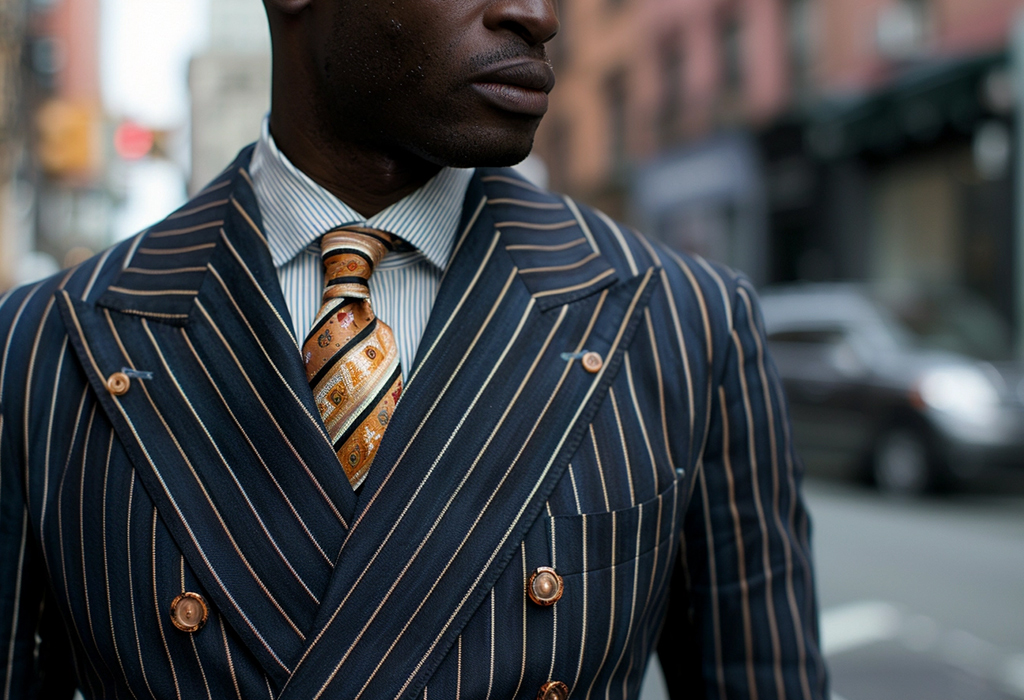
Classic silk ties in simpler patterns will work best for formalwear, whereas bolder ties are more of a statement piece. Textured ties, such as knits or wool compositions, can really add to an ivy or academic look. Wider ties tend to be seen as more vintage – but bear in mind that skinnier ties were popular in the late 1950s and 1960s!
To stand out and really sell a vintage ensemble, it might just be time to revisit the necktie.
Tip #8: Prioritize Natural Fabrics
With the exception of 1970s style, which popularized polyester in the form of double-knit synthetic suits for leisure, disco, and more, vintage style is often entirely composed from natural fiber fabrics.
Today, a lot of modern clothing is made from polyester or other synthetic fabrics. This changes how a garment feels, wears, and lasts. Vintage clothing is often made entirely from natural fabrics like wool, cotton, and linen.

Unless you’re going for a 70s look, polyester or synthetic-blend clothing is often a staple of more modern clothing. A suit made from stretch-infused athleisure fabric might be comfortable, but it won’t exactly communicate a vintage style.
Prioritizing natural fabrics will ensure that most of your outfits read as more period-accurate, and they’ll likely last longer, as well.
Tip #9: Vintage Bling Counts, Too
Vintage jewelry can be a great finishing touch to your outfit, and an even better way to express your individuality. Like authentic vintage clothing, you often can’t beat the genuine article when it comes to antique jewelry.
Necklaces, rings, bracelets, and more, can often be found at flea markets or online marketplaces for competitive price points. Where you can, try to stick with genuine silver or gold. In the long run, it’ll often look a lot better than some cheaper alternatives.
Nervous about trying out jewelry? Start small!
A simple chain, pendant, or ring is an easy access point to experiment. Historically, rings have many hidden meanings and old-world associations, often depending on the finger you choose to wear them on. For an easy vintage look, a simple signet ring will most likely suffice.
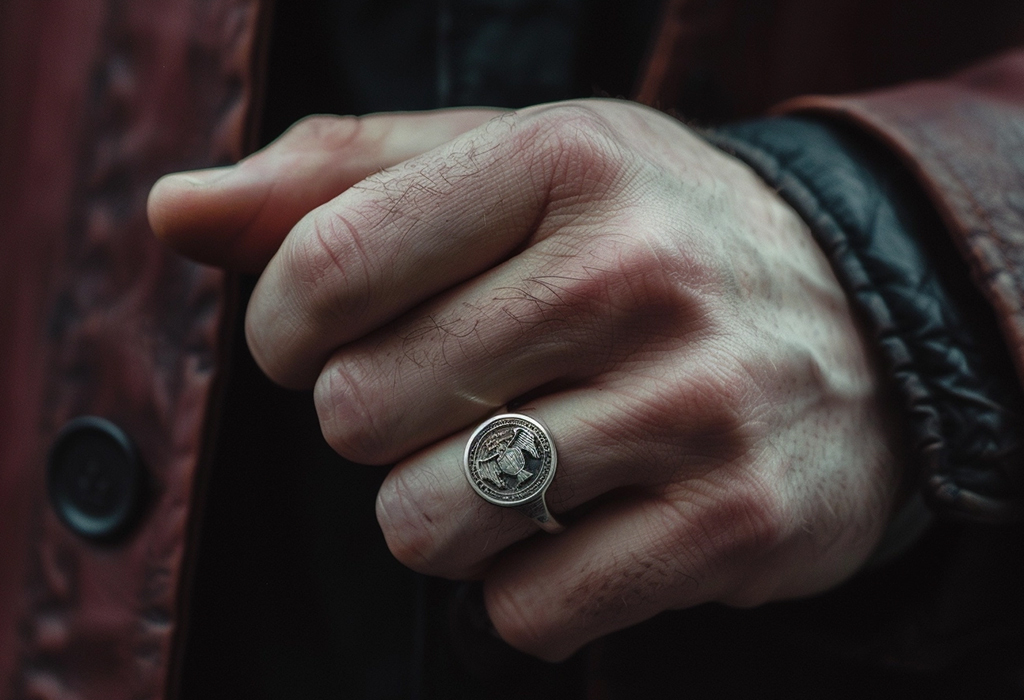
Signet rings are adorned with seals, often bearing a family crest, signature, or similar, used to confirm authority on documentation and the like. Today, they just look great as a top-tier vintage accessory.
Tip #10: These Shoes Are Made For Walking
Don’t discount your footwear! When it comes to putting together an outfit, your shoes will sometimes be the first thing people notice, and they can truly make or break your overall look.
For more casual outfits, consider timeless classics such as Converse Chuck 70s, brown leather derbies, loafers, or even a western boot.
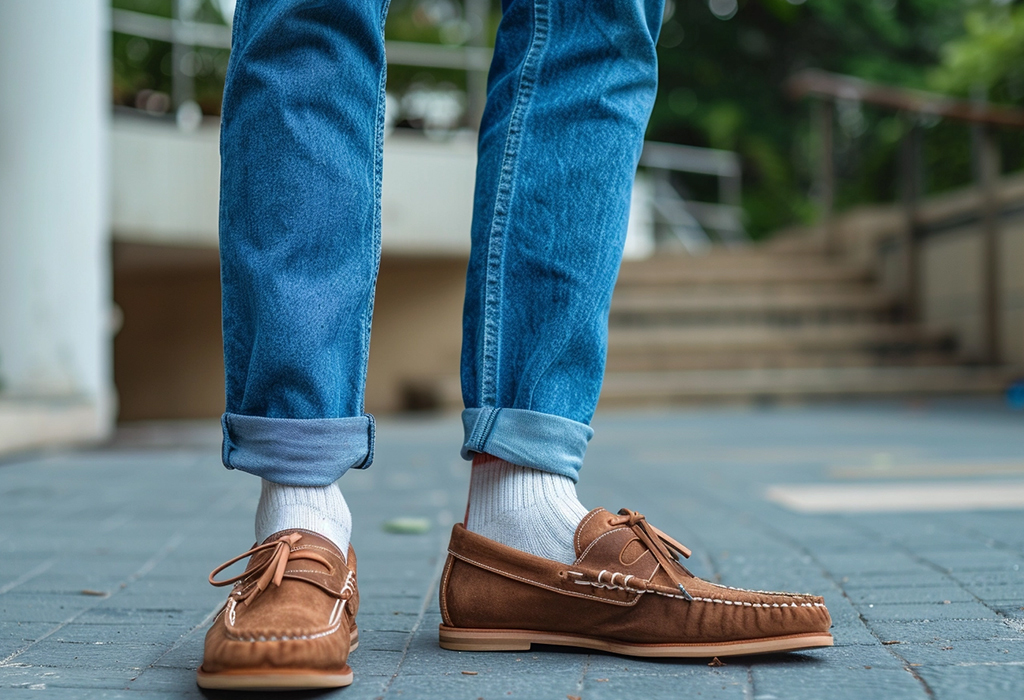
For more formal styles, choose authentic dress shoes. These will almost always be black, and unlike open-laced derbies, sport a more polished, closed-laced lacing system.
If you’re interested in investing in quality dress shoes, consider goodyear welted shoes and full-grain leather. These may cost more up-front, but they’ll age more gracefully, too, and can typically be expected to last longer.
Bonus Tip: Don’t Forget to Have Fun with the Process
Thought we were done, did you? Well, we nearly are.
But it’s worth noting that the most important part of experimenting with style, vintage or not, is to allow yourself to enjoy the process.
If you start to feel frustrated that your outfits aren’t looking exactly the way you pictured in your head – that’s okay! Fashion and style journeys are rarely completed in one trip. So, be sure to experiment. Learn. And enjoy yourself along the way!
The post 10 Ways To Give Your Outfit A Vintage Look appeared first on Real Men Real Style.
DMTBeautySpot
via https://dmtbeautyspot.com
Antonio Centeno, DMT.NEWS, DMT BeautySpot,
Perfume Group Puig, Backers to Raise €2.6 Billion in Madrid IPO
April 18, 2024BruceDaynePuig Brands SA kicked off its €2.6 billion ($2.8 billion) initial public offering, the largest in Europe so far this year, as the Spanish fragrance and cosmetics company seeks to capitalise on growing momentum in the region’s equity markets.
Puig and its founding family plan to sell Class B shares at €22 to €24.50 each, the Barcelona-based company said Thursday in a filing with the Spanish securities regulator.
Puig, whose brands include Jean Paul Gaultier, Rabanne and Carolina Herrera, would have a market value of as much as €13.9 billion after the offering, according to terms seen by Bloomberg.
Puig will sell enough new shares to generate €1.25 billion in proceeds, while the Puig family is offering stock to raise €1.36 billion. The number of shares will be determined by the final price of the IPO.
In dollar terms, the listing surpasses Galderma Group AG’s 2.3 billion Swiss-franc ($2.6 billion) sale last month as Europe’s largest so far this year.
If successful, Puig’s offering is expected to pave the way for more listings. Companies have announced $7.5 billion of IPOs this year in Europe, up 88 percent from the same period last year.
Yet stock market debuts have been mixed recently. Galderma shares have soared since the skincare company listed, while German perfume retailer Douglas AG has tumbled.
Puig’s listing will be watched closely by Spanish candidates to float such as clothing retailer Tendam and Hotelbeds, which reportedly delayed its IPO until after the summer. Elsewhere in Europe, private equity firm CVC Capital Partners plans an offering in Amsterdam.
Family Business
Puig was founded as a perfume company in 1914 by Antonio Puig. The bulk of its growth over the 20th century came from the distribution of well-known foreign goods by firms like Max Factor, and the production of perfumes under license for other brands.
Puig has focused in recent years on niche brands by buying L’Artisan Parfumeur, Penhaligon’s and Byredo, and launching designer Dries Van Noten’s perfume line. It also owns beauty brand Charlotte Tilbury.
The company is still led by the third generation of the founding family. Marc Puig Guasch is chairman and chief executive officer, while his cousin Manuel Puig Rocha is vice chairman. The family will maintain a majority stake and hold “the vast majority of the voting rights,” Puig said April 8.
Puig’s revenue rose 19 percent last year to €4.3 billion, with its makeup business — albeit much smaller than fragrances and fashion — up 23 percent. The company’s profit margin increased to 20 percent last year from 17.7 percent in 2021.
Still, the IPO comes amid signs from competitors that consumer demand for beauty products is cooling. Shares of Ulta Beauty Inc. on April 3 tumbled the most since March 2020 after executives signalled demand was slowing, weighing on the shares of peers as well.
The share sale begins Friday and will run through April 30, with the first day of trading set for May 3 on the Madrid Stock Exchange under the symbol PUIG, according to the terms. Puig announced its intention to list, including the amount the company planned to raise, on April 8.
Goldman Sachs Group Inc. and JPMorgan Chase & Co. are leading the IPO, with Bank of America Corp., BNP Paribas SA, CaixaBank SA and Banco Santander SA as joint bookrunners.
By Clara Hernanz Lizarraga
Learn more:
Puig Aims to Raise €2.5 Billion in IPO
The family-owned premium beauty conglomerate has confirmed it will float shares on the Spanish stock exchange while retaining majority control, following months of speculation.
DMTBeautySpot
via https://dmtbeautyspot.com
Bloomberg, DMT.NEWS, DMT BeautySpot,
Vita Liberata Bought Back By Founder
April 18, 2024BruceDayneVita Liberata, the premium tanning brand known for its organic formulas, has been acquired by its founder, the Irish businesswoman Alyson Hogg for less than $12 million. Vita Liberata makes both consumer and professional products. Hogg sold the business to Crown Laboratories in 2018. At the time of its original acquisition, Vita Liberata was generating $62 million a year in retail sales; current retail sales are $37 million.
Hogg declined to give specific numbers, but said the brand was sold to Crown Laboratories for more than $30 million.
In a statement, Hogg said she is bullish on the category despite its low market penetration which she estimates to be under 10 percent. “[Self-tanning] is growing thanks to science and innovation…a major reason penetration is so low is the ridicule the category is often subjected to,” said Hogg.
Self-tanning products have historically had pain points such as a bad odour, transferring onto bedding or clothes and a streaky or unnaturally dark finish. Hogg believes her more luxurious, sophisticated formulas can mitigate these risks and encourage consumers to try self-tanning, especially as concerns around sun safety grow.
Hogg will remain in her role as chief executive officer. “We did it once, we will do it again,” she said.
Learn more:
Go-To Skin Care Bought Back by Founder
Beauty entrepreneur Zoë Foster Blake has regained control of Go-To, the skin care line she co-founded. A majority share of the company was sold to Melbourne-based beauty manufacturer BWX Limited in August 2021 for 89 million Australian dollars ($60 million).
DMTBeautySpot
via https://dmtbeautyspot.com
Daniela Morosini, DMT.NEWS, DMT BeautySpot,


